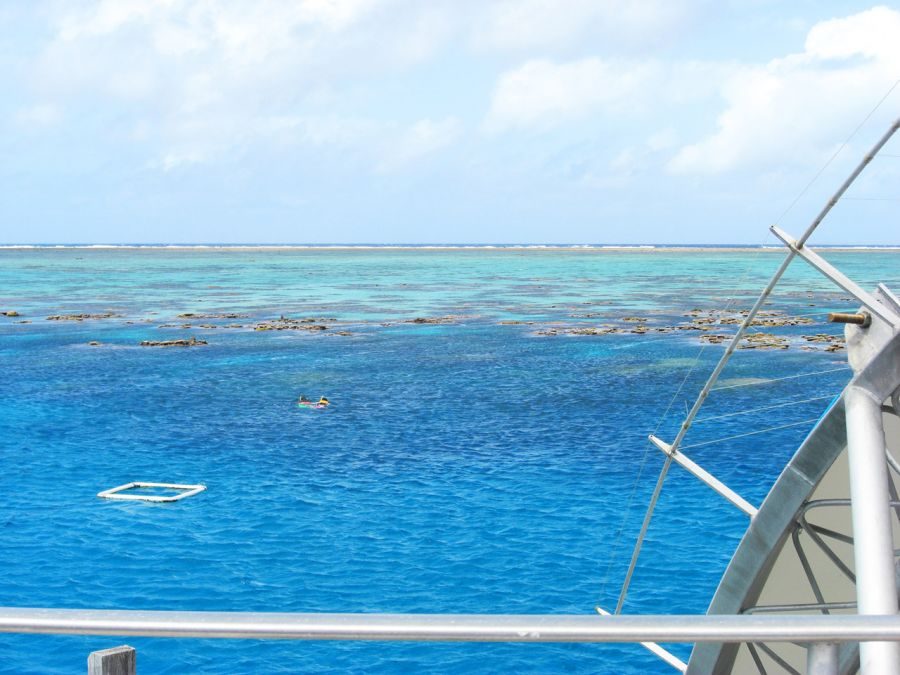The Great Barrier Reef is one of the world’s greatest treasures, but also seems to have suffered tragically with its greatest Color Bleaching epidemic yet in recorded history. Coral bleaching occurs when the symbiosis algae (which lives in the tissue of the coral) is ejected, which causes the coral to turn white. Those living algae’s that it expels are 90 percent of its needed energy to grow and survive. This algae ejection is caused because of distress due to a dramatic change, such as temperature. In the last nine months, the much warmer water being tracked in Australia has left a trail of 67 percent of color bleached coral in its path. It only takes eight weeks of warmer water temperatures to begin the process of color bleaching, which makes you realize the amount of damage that can be done within a nine-month period.
As the Great Barrier Reef is one of the most beautiful sites in the world to visit, per the Australian Government – Great Barrier Reef Marine Park Authority website: “Visitation to the entire Great Barrier Reef Marine Park for the financial year ending 30 June 2016 was approximately 2.62 million visitor days. This figure includes standalone coral viewing activities and scenic flights.” With approximately 400 miles of coral affected by four-hundred miles of coral bleaching.
The Great Barrier Reef is the largest coral reef in the world at a whopping one hundred and thirty-four thousand and four hundred square miles. So, you’re thinking why does a four-hundred-mile area of bleached coral really matter? Just because it’s not dead, yet, does not take away the fact that this severe distress can lead to not only its destruction, but also shows the extreme changes happening within temperature changes. It can take this coral all the way up to 15 years to repair itself, which leaves it vulnerable and fragile in the meantime.
Since it is impossible for us to predict what will become of this part of the Great Barrier Reef, it is evident that something needs to be done. The United Nations Educational, Scientific, and Cultural Organization must decide whether the Great Barrier Reef should be put on the endangered list or not. Keep your eyes peeled for this announcement, which should be coming by the end of the week.
The burning of coal, which is very big in Australia, seems to be the cause of the excessive warming of their water temperatures where the Great Barrier Reef is. This is not the first time that the Great Barrier Reef has suffered from color bleaching, but it is the worst. In 1998 50 percent of the Great Barrier Reef suffered from coral bleaching and in 2002 60 percent, still less than our 67 percent recorded this year. In 1998 and 2002, the ending result was five percent of the Great Barrier Reef was destroyed and did not recover.
Per the Australian Government – Great Barrier Reef Marine Park Authority website: “As the climate changes, coral bleaching is predicted to become more frequent and severe. Sea temperature increases and coral stress from other impacts may increase corals’ vulnerability to bleaching. As part of its Reef Health Incident Response System, the Great Barrier Reef Marine Park Authority has a for detecting and responding to coral bleaching on the Great Barrier Reef.”
If you would like more information on color bleaching or the Great Barrier Reef, visit any of these websites:
http://www.gbrmpa.gov.au/about-the-reef

